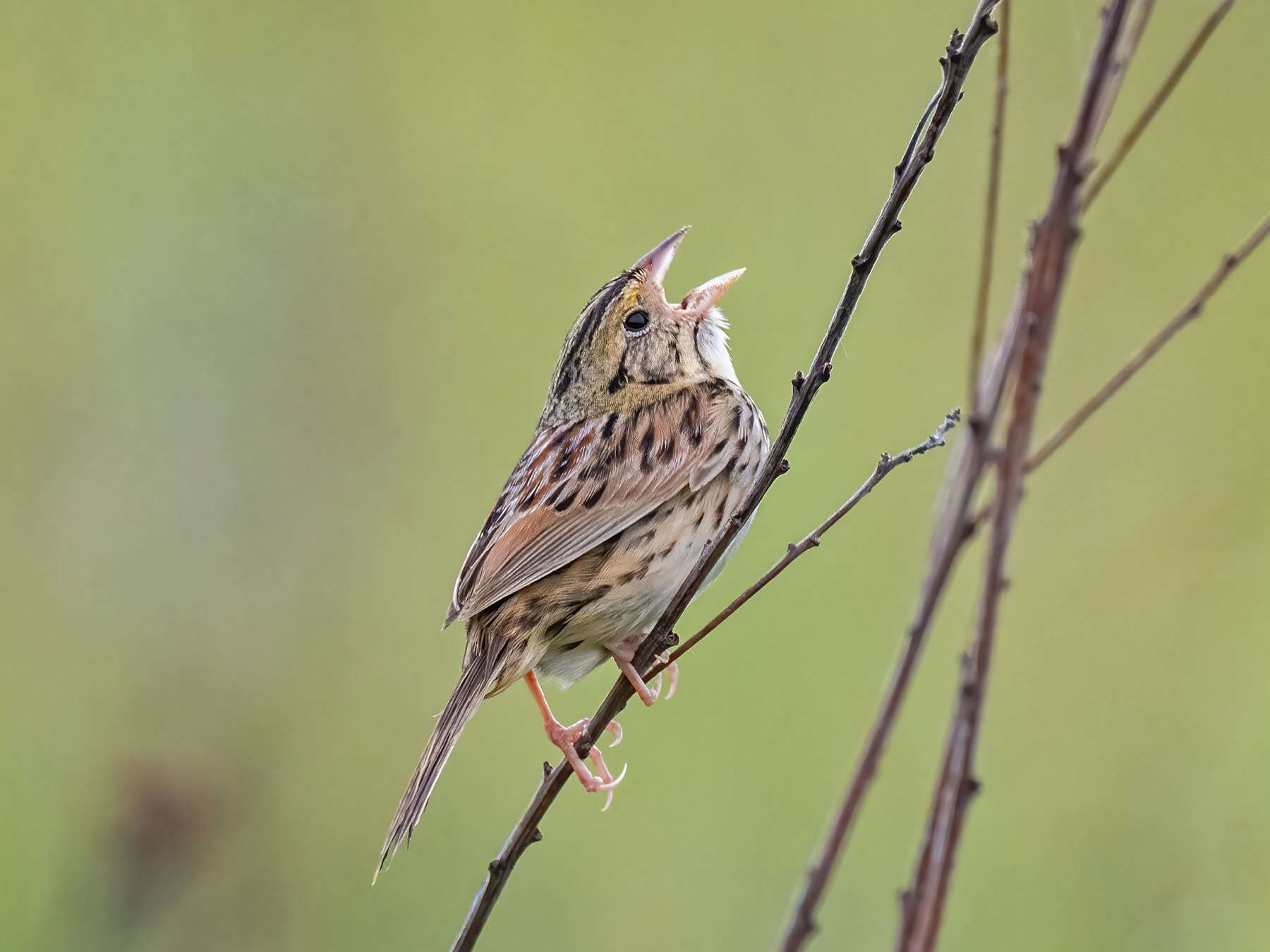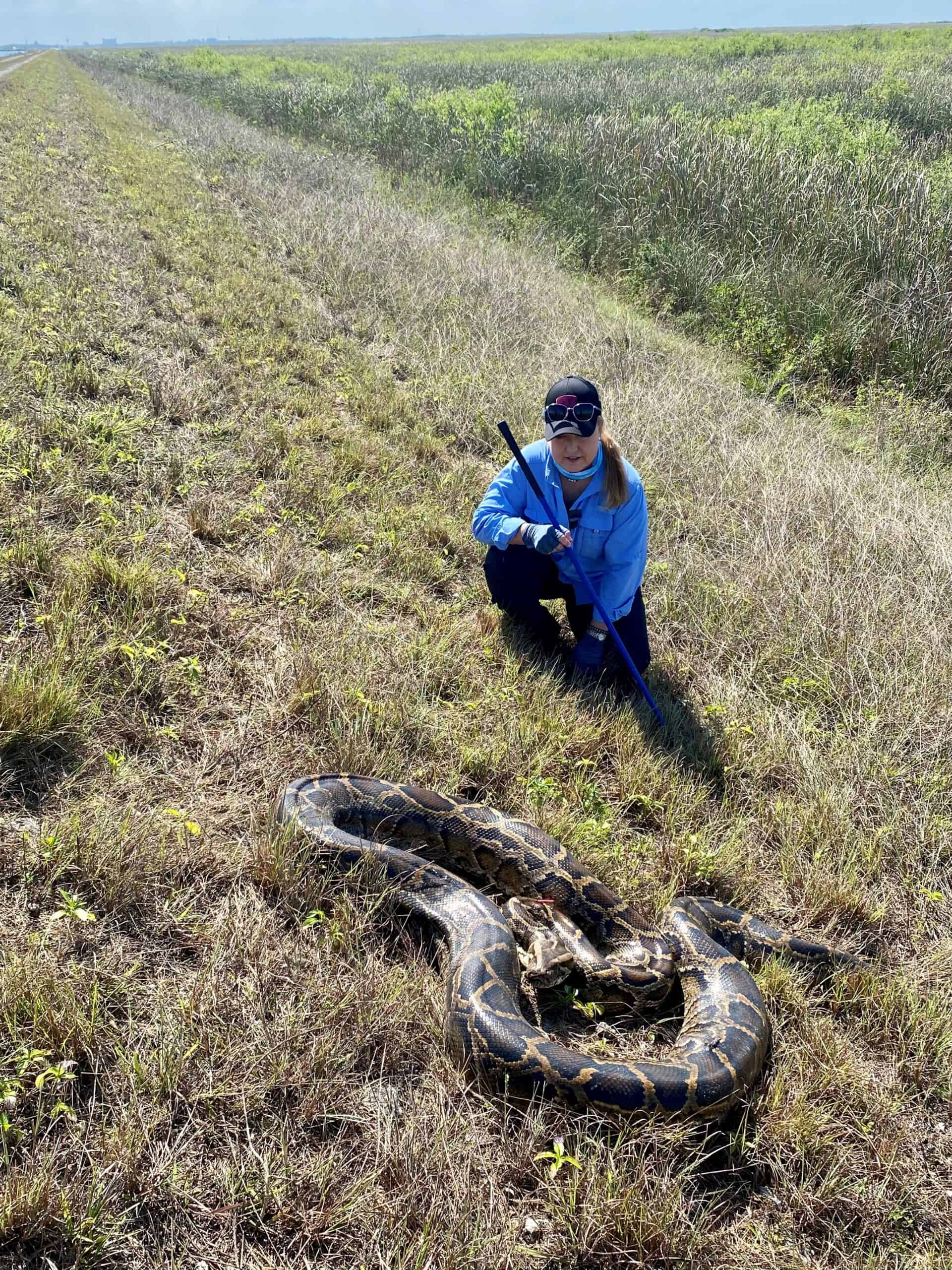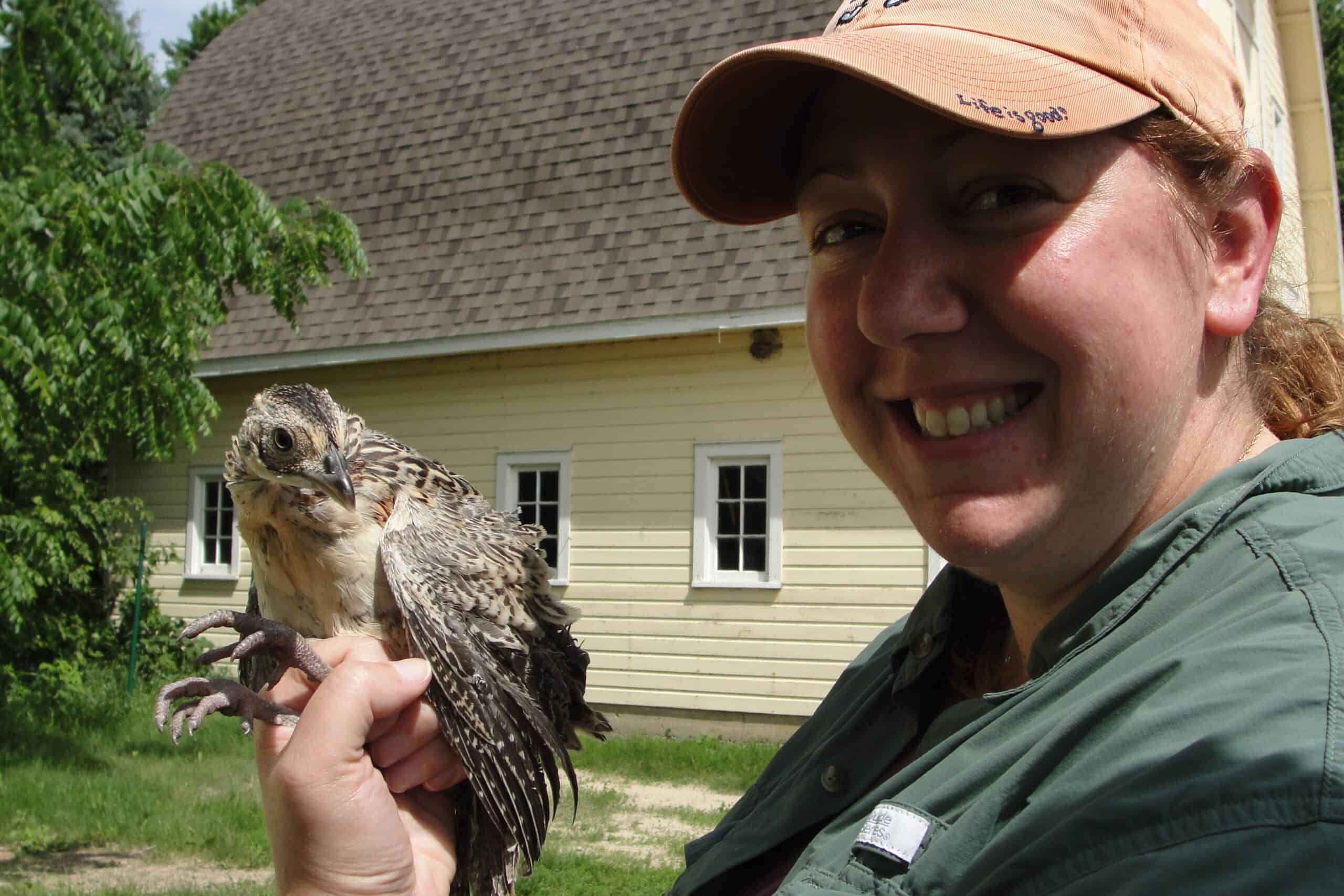Share this article
Stress from oil and gas noise causes birds to ‘dial down’
The constant noise at oil and gas sites creates ongoing stress for birds, prompting them to “dial down” their stress response to deal with the incessant sound, researchers in New Mexico found.
While birds showed other negative impacts, including impaired reproductive output, their stress hormone levels actually dropped, researchers found, in a counterintuitive response to the endless noise.
“Birds in noise can’t perceive their environment as they should be able to, so they’re on edge at all times,” said Nathan Kleist, lead author on the paper published in Proceedings of the National Academy of Science. “They don’t know whether there are predators in the area because they can’t hear other signals. They trade off vigilance for other important behaviors like feeding or brooding.”
From 2012 to 2014, Kleist and his team examined birds nesting in the Bureau of Land Management’s Rattlesnake Canyon Habitat Management Area in San Juan County, New Mexico. Past studies had shown that noise from roads, cities and other human development interfere with the vocalizations of birds. Kleist wanted to assess the impacts from oil and gas enterprises. Gas compressor stations, often on federal lands, can produce a nonstop drone over 80 decibels — as loud as a busy highway — which could drown out other sounds birds need to pay attention to, Kleist said.
His team looked at western bluebirds (Sialia mexicana), mountain bluebirds (Sialia currucoides) and ash-throated flycatchers (Myiarchus cinerascens) at 12 pairs of sites — with and without heavy noise. The scientists erected 10 nest boxes, located 75, 125 and 175 meters from the loud center of the sites to test effects across the noise gradient. They checked the birdhouses every summer and noted the amount of noise at each one, the amount of the stress hormone corticosterone in the birds and the weight and feather development of chicks.
What they discovered was surprising, said Kleist, a University of Colorado Boulder doctoral candidate.
“We found baseline stress levels going down in all three species in both adults and nestlings” at noisy well pads, he said. “These birds are dialing down physiologically, trying to adapt to being constantly stressed, so they have reduced stress levels.”
Although it may seem counterintuitive, Kleist said, their decreased stress hormones show the birds in the noisy areas were actually highly stressed, which was corroborated by the fact that they also had less healthy or fewer offspring.
“In higher noise levels, chicks had smaller body sizes and shorter feathers,” he said, and “the western bluebird had reduced hatching success. If they’re having reduced reproductive fitness in these habitats, it’s unlikely they’re not stressed.”
Often believed to be noise tolerant, the widespread western bluebird is actually incurring the greatest reproductive cost, Kleist said. He conjectured that these birds spent more time away from their nests scanning the landscape for predators, compromising the incubation and viability of their eggs.
The noise exposure creates an “ecological trap,” Kleist said, “when a species doesn’t avoid poor quality habitat and incurs fitness costs.” If the western bluebird is being affected by the industrial noise pollution, he said, “there’s no reason to think endangered species wouldn’t respond in the same way.”
The results could apply beyond New Mexico’s oil and gas fields, Kleist said, to other habitats where excessive noise could affect wildlife. “We need to consider the effects of noise in the conservation and management of protected areas,” he said, “especially when sensitive, endangered species are key to those plans.”
Header Image: A female western bluebird sits on her eggs in a nest box near New Mexican oil and gas wells. ©Nathan Kleist








